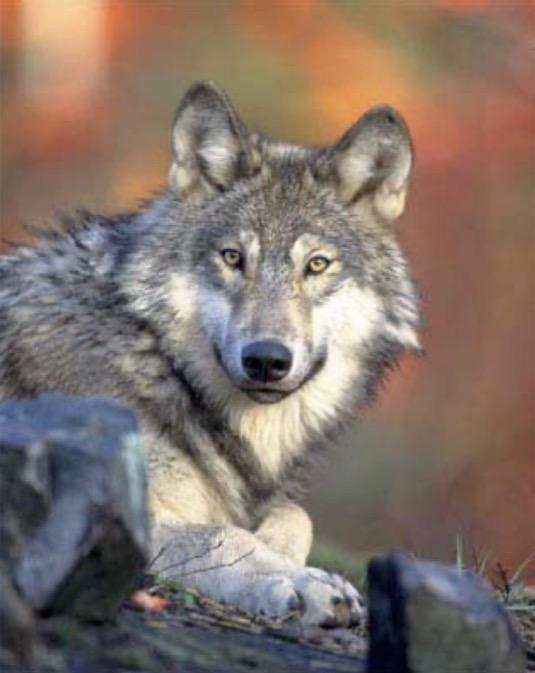Recently the gray wolf was delisted from the Endangered Species Act. Great news for the gray wolf and it opens up the states to find the best situation to manage populations. The Utah Department of Natural Resources shares that “states are often best positioned to appropriately manage wildlife populations. With the number of wolves growing across the West, we believe it is time to allow the states to take the helm. Utah has shown great success in growing and maintaining wildlife populations statewide, and we anticipate similar success in managing wolf populations.” Prior to the announcement the wolves have only been delisted in a small portion of northeastern Utah and outside that area the management responsibility was by the U.S. Fish and Wildlife Service. Other difficulties included other states’ initiatives, like one from Colorado that calls for a reintroduction of wolves west of the continental divide. Another concern is how the gray wolves might impact the genetic integrity of the endangered Mexican wolf population in New Mexico and Arizona. Now that the gray wolves are off the federal ESA list, Utah’s Division of Wildlife Resources can manage the significant conflicts with agriculture and wildlife. 



